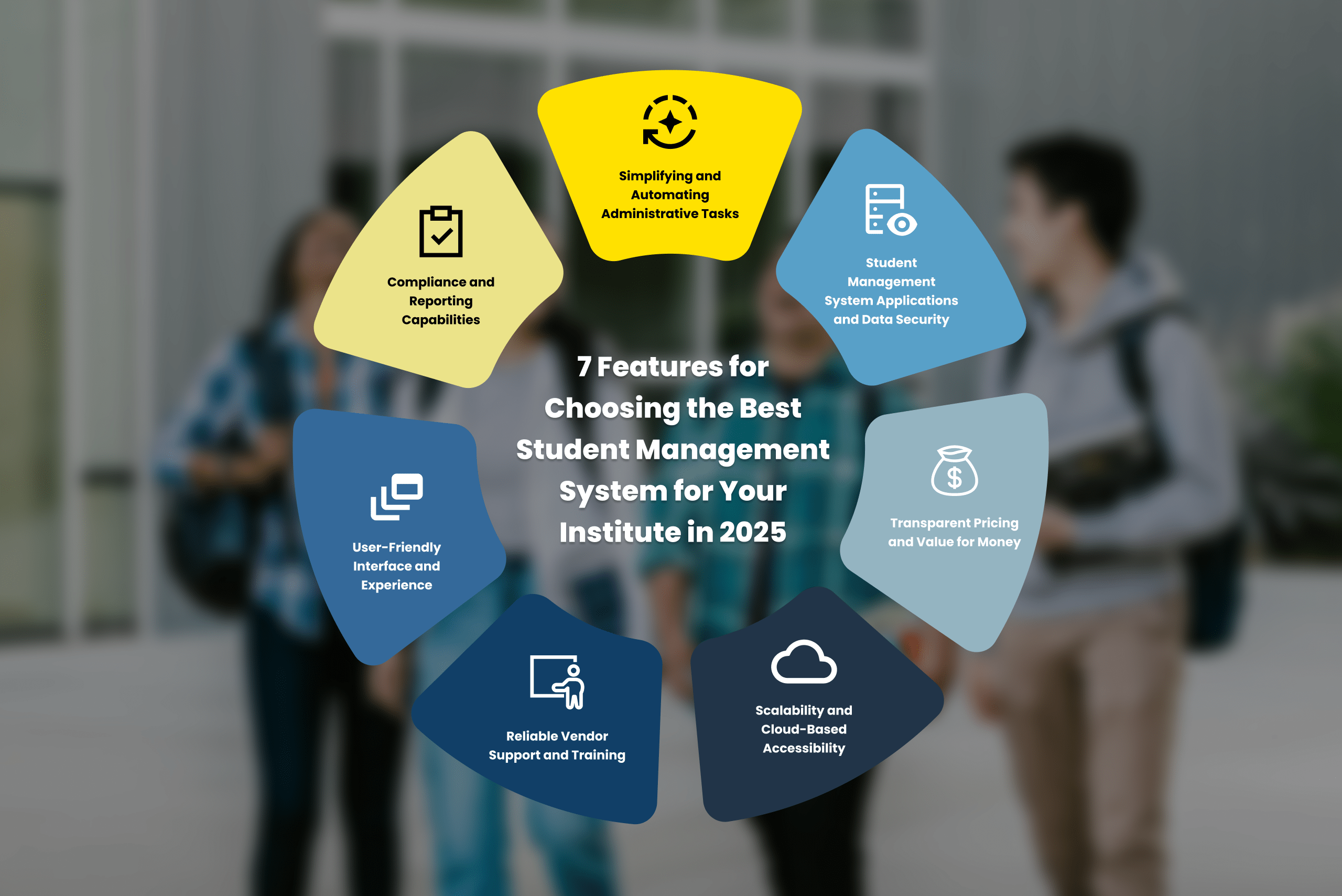The education sector is constantly evolving — from policy shifts to new technologies and shifting student expectations. But one challenge persists beneath it all: staff turnover. While it rarely makes headlines, turnover has real and lasting impacts on how institutions function and how students experience their education.
The Hidden Impact of Turnover
Turnover isn’t just a staffing issue — it’s an operational and strategic risk. According to the Australian Bureau of Statistics, 8% of Australian workers changed jobs in the 12 months to February 2024 — a drop from the 9.6% recorded the year before and a return to pre-pandemic levels. While this figure reflects the general workforce, education — especially student services and administrative functions — often faces higher churn due to the nature of the work and limited career progression pathways.
The impact of each departure is more than just a vacancy. Knowledge walks out the door, workflows are disrupted, and the consistency students rely on is weakened. Teams must onboard new hires, redistribute work, and absorb gaps in capability, often while under pressure to meet compliance and service standards — particularly within student management systems where precision and continuity matter.
When experienced staff leave, knowledge gaps often emerge, especially in the consistent and effective use of student management systems. Understanding how turnover affects student management systems is essential for maintaining compliance, service quality, and student satisfaction.
The Real Cost
Replacing a team member is expensive. Deloitte estimates the cost of replacing an employee ranges from 25% to 200% of their annual salary, depending on the role’s complexity and the time it takes to train someone new. For education providers, particularly those managing compliance-heavy roles or supporting international cohorts, these costs compound quickly.
It’s not just about money — it’s about experience. Students engage with support staff from enrolment to graduation. High turnover in these roles creates a fragmented experience, increasing the likelihood of frustration, disengagement, or even attrition.
Why Student Support Roles Matter More Than Ever
Student Services teams are often the first and most frequent point of contact for learners. They manage enrolments, field inquiries, assist with course planning, and ensure compliance with sector regulations — especially for international students governed by the ESOS framework.
Despite this critical role, these positions can experience burnout, limited recognition, and minimal structured training — all factors contributing to higher turnover. Supporting and strengthening this workforce segment is no longer optional. It’s essential.
From Reaction to Readiness: A New Model
In response to this challenge, Meshed Group created Meshed Academy — a training and talent initiative designed to bridge the gap between recruitment and readiness. Rather than hiring general admin staff and training them on the job, the Academy offers a proactive way to build capability in student support from day one.
The program prepares candidates to step into Student Services roles with foundational knowledge in:
- Australian education compliance and administration
- Student support processes
- Hands-on training in the Meshed platform — used by hundreds of Australian RTOs and higher ed providers as part of Meshed Group’s SMS (student management system) platforms
- Communication, teamwork, and service delivery tailored for education
Delivered online, the program includes assessments and live Q&A sessions to ensure participants meet readiness benchmarks — with most completing in under four weeks. It’s a strong example of how education technology can enable practical workforce development in real time.
Expanding the Talent Pool Sustainably
Meshed Academy is developed in partnership with People Partners BPO in the Philippines, providing access to skilled candidates trained specifically for Australian education environments. This doesn’t replace local hiring, but supports it — especially for providers facing persistent vacancies, regional hiring challenges, or budget limitations.
This model allows institutions to build support teams that are aligned with their operational systems and ready to deliver from day one — reducing risk, training costs, and student disruption.
Planning for Workforce Stability
Turnover will always be a reality in some form. But its impact doesn’t have to be. By investing in workforce readiness — not just recruitment — education providers can build more resilient, consistent support operations that benefit both staff and students.
Meshed Academy is just one example of how the sector can approach this differently: not as a staffing crisis, but as an opportunity to rethink how teams are built, trained, and supported — with the help of edTech solutions built for education.
Discover how Meshed Academy connects you with qualified professionals — trained for education, ready to support from day one.






